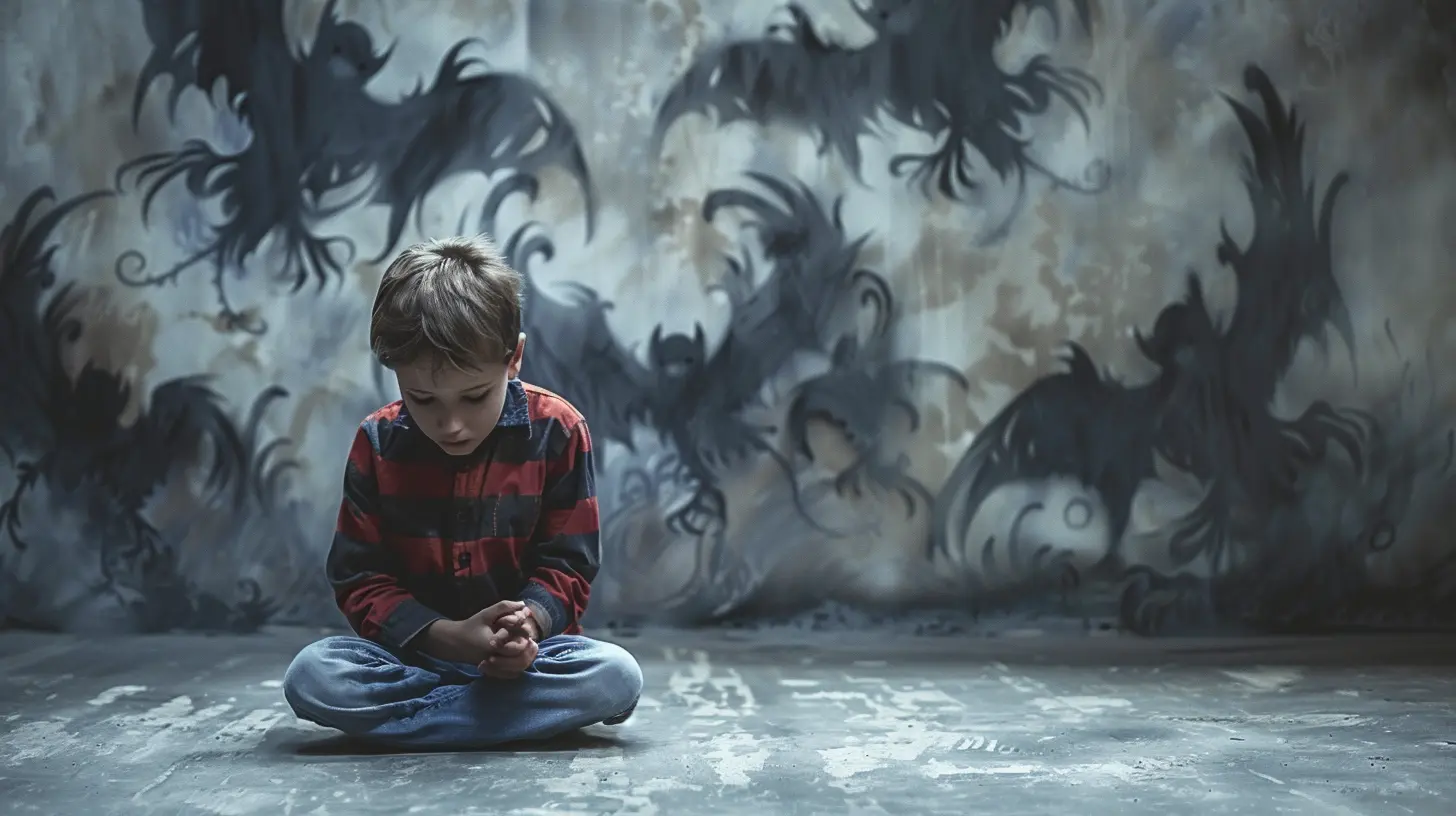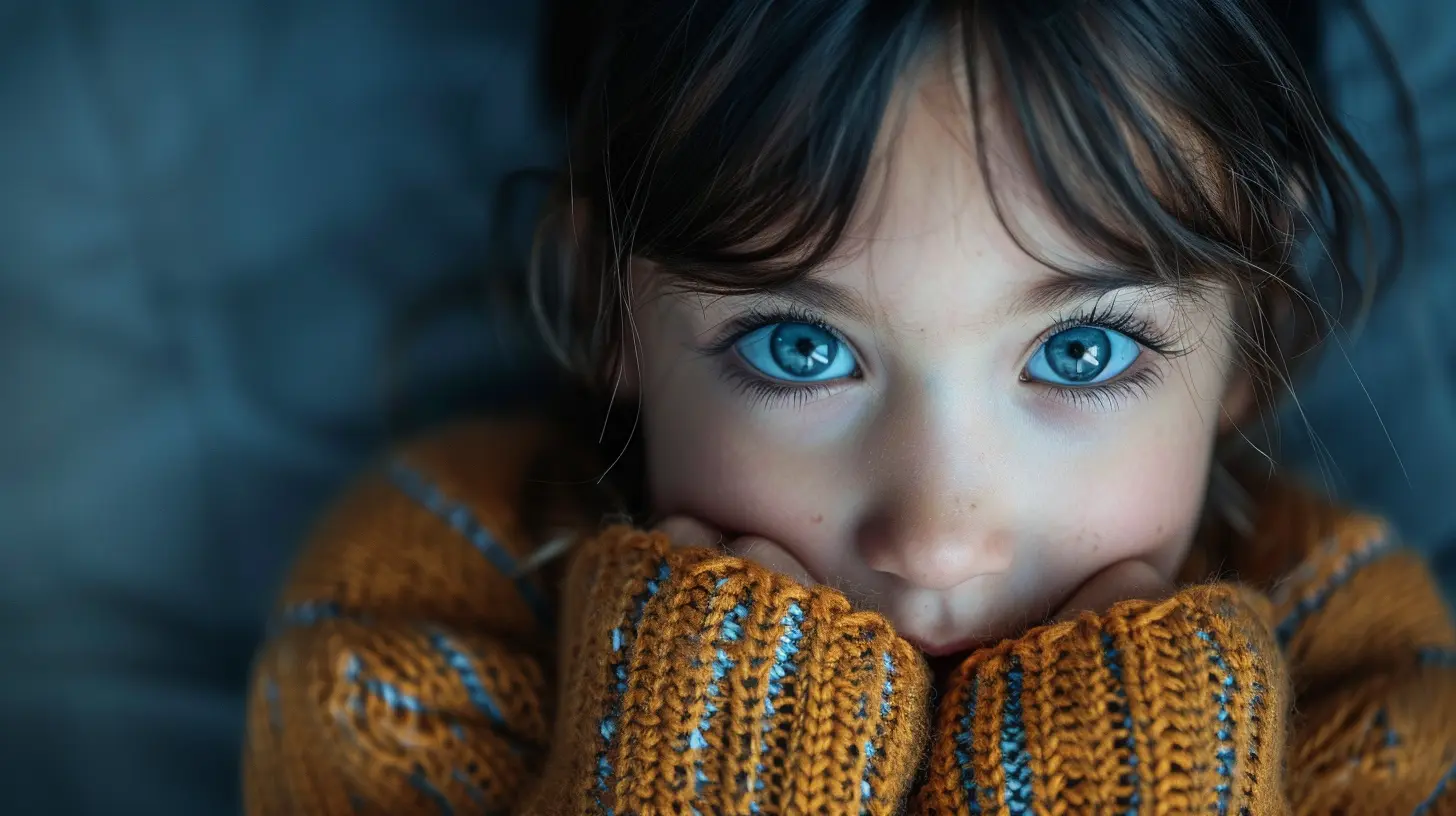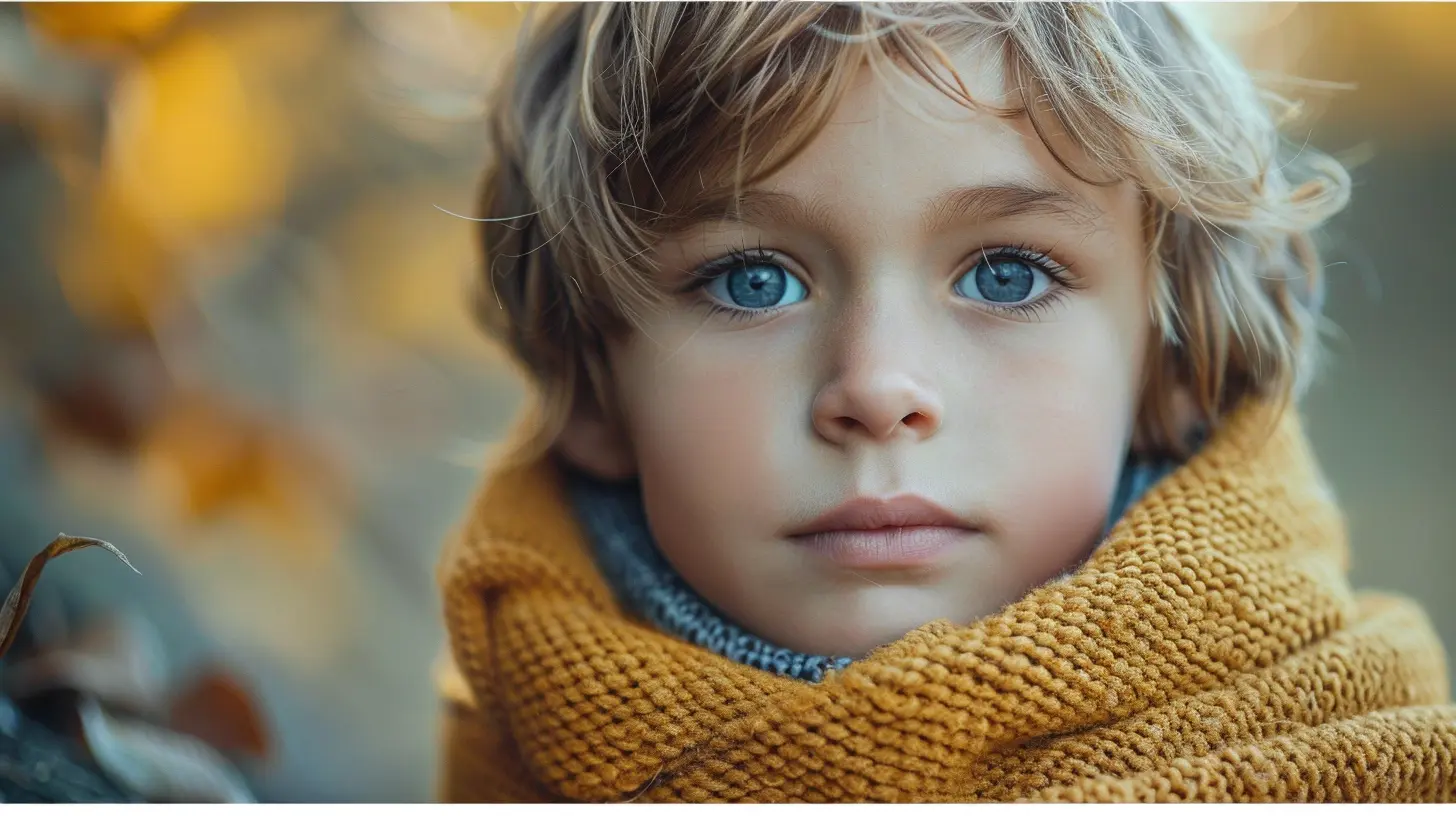Why Your Child’s Fear of Rejection Is Normal and How to Help
28 July 2025
Let’s be honest—no parent wants to see their child feeling left out, anxious, or rejected. Watching your little one come home from school with drooping shoulders because they weren’t picked for a game, weren’t invited to a party, or were ignored by a classmate? It's heartbreaking. But here’s the thing: your child’s fear of rejection is completely normal. In fact, it’s part of growing up and learning how to navigate social relationships.
Now, that doesn’t mean we just sit back and do nothing. As parents, we have a crucial role in helping our children understand, manage, and eventually overcome this fear. In this article, we’ll dig into why this fear exists, what it looks like, and what you can do to support your child—without being overprotective or making things worse.
What Is Rejection Anxiety in Kids?
Rejection anxiety is that knot-in-the-stomach feeling a child gets when they fear being judged, excluded, or not accepted by others. It’s closely connected to wanting to belong—a basic human need. Kids want to fit in. They want approval from friends, teachers, and even from you. When they feel they don’t have it, anxiety kicks in.What This Fear Can Look Like in Real Life:
- Avoiding group activities or social events- Not wanting to try new things (they don’t want to fail in front of others)
- Being overly self-critical or perfectionistic
- Lashing out emotionally after minor social disappointments
- People-pleasing behaviors just to stay in everyone’s good graces
Sound familiar? You're not alone.
Why Your Child’s Fear of Rejection Is Normal
Let’s normalize this for a second: fearing rejection doesn’t mean your child is weak, overly sensitive, or socially awkward. It simply means they’re human. And not only that—they're a developing human.1. The Brain Is Still Growing
Kids’ brains, especially the parts responsible for emotional regulation and social judgment, are still under construction. The prefrontal cortex (which handles decision-making and impulse control) won’t fully mature until their mid-20s. So yes, feeling crushed by a friend not sharing a toy might seem dramatic—but it’s real for them.2. They're Still Learning Social Cues
Reading other people—understanding facial expressions, tone, and body language—is a skill. For young kids and even preteens, this skill is still developing. Misunderstandings are super common, which can make interactions feel more threatening or disappointing.3. We All Want to Belong
Whether you're nine or ninety, being left out stings. It's built into our DNA to seek connection. Back in the caveman days, rejection from your group could mean literal life or death. While things have changed (thankfully), that primal fear still lingers in our systems—especially for kids.
The Long-Term Impact of Unaddressed Rejection Anxiety
While it’s normal, rejection anxiety can spiral if not addressed. If kids start avoiding all risk just to stay safe from rejection, they miss out on important emotional growth opportunities.Here’s what can happen if this fear goes unchecked:
- Low self-esteem: They may start to believe they’re unworthy of friendships or success.
- Social withdrawal: Wanting friends, but fearing the rejection too much to try.
- Chronic anxiety: Especially in social settings like school, sports, or public speaking.
- Perfectionism: Trying to be “flawless” to avoid any chance of being criticized.
So yeah, it’s important. But fret not—we’re going to talk practical strategies next.
How to Help Your Child Cope and Thrive
Helping your child isn’t about clearing every obstacle from their path—it's about giving them the tools and confidence to climb over those obstacles on their own.1. Validate Their Feelings
First and foremost, acknowledge how they feel without brushing it off. Avoid saying things like:- “Don’t be silly.”
- “It’s not a big deal.”
- “Just ignore them.”
Instead, try:
- “I can see that really hurt your feelings.”
- “Yeah, that must’ve been tough—want to talk about it?”
- “I’ve felt that way too before.”
Validation doesn’t mean agreeing with every detail—it means you're hearing them.
2. Share Your Own Rejection Stories
Yep, this is a chance to get real. Share a time when you felt left out or embarrassed as a child (or even now). Let them see that rejection happens to everyone, even to superheroes like Mom and Dad.Stories like that build empathy and create connection. They also take the shame out of the equation.
3. Teach the “Not Everyone Will Like You” Lesson (Gently)
This one’s a bit tricky, but it’s powerful. Let them know that it’s okay if not everyone becomes their BFF. You can say:> “We can’t control what others think, but we can always control how we treat ourselves and others.”
This helps them focus on their behavior, not others’ approval.
4. Role-Play Social Scenarios
Kids often fear the unknown. Help them rehearse common situations they worry about:- Asking to join a game
- Starting a conversation with someone new
- Handling someone saying “no”
Keep it light and fun. Play the part of the other kid. Let them practice what to say and how to react. Over time, this makes real-life situations way less intimidating.
5. Praise Effort, Not Outcome
Focus on courage over success. If your child invited someone to play and got a “no,” praise the bravery:> “I’m proud of you for putting yourself out there—that takes guts.”
This reinforces that trying is more important than the result. It encourages resilience, not perfectionism.
6. Help Them Find Their Tribe
Sometimes a child’s fear of rejection comes from trying to fit into the wrong group. Encourage them to explore clubs, sports, or activities that align with who they are. When kids find “their people,” the fear of fitting in often melts away.7. Teach Self-Compassion
When your child messes up or gets rejected, don’t let them spiral into self-blame. Teach them to talk to themselves like they would a friend:> “It’s okay, I’m learning. I’m still a good person.”
This internal voice becomes their lifelong referee. Make it kind.
8. Limit Social Media Exposure (For Older Kids)
This one’s big. Social media can amplify fears of rejection—likes, follows, invites, and group photos without them can really mess with kids’ heads.Put boundaries in place and talk openly about what they see online versus what’s real life.
When to Ask for Professional Help
If your child’s fear becomes chronic—like, they refuse to go to school, withdraw completely from social settings, or show signs of depression—it might be time to bring in a counselor or child therapist. There’s no shame in needing extra support; it shows strength, not weakness.A Quick Word on Sibling Rejection
Sibling dynamics can also trigger rejection fears. Maybe an older sibling constantly shuts down their younger brother’s attempts to play. Or perhaps comparisons are being made (“Why can’t you be more like your sister?”). Be mindful of how these patterns may be reinforcing rejection at home.Encourage empathy and fairness among siblings, and avoid comparison-based compliments. Every child should feel uniquely valued for who they are—not measured against their sibling.
Final Thoughts
Your child’s fear of rejection isn’t a failure—it’s a sign they’re human. And you, as a parent, have the incredible opportunity to help them turn this fear into a strength. By teaching them to value themselves, face fears, and try again—even after a “no”—you’re giving them the skills they’ll use for a lifetime.Remember, you don’t have to be a perfect parent to raise confident kids. You just need to show up, listen, and love them through it all.
all images in this post were generated using AI tools
Category:
Dealing With FearsAuthor:

Steven McLain
Discussion
rate this article
1 comments
Foster Baxter
Fear of rejection? Just think of it as practice for their future career in dating—and we all know how that goes!
August 4, 2025 at 4:07 AM

Steven McLain
While it's true that rejection is a part of life, it's important to approach your child's fear with empathy and support, helping them build resilience and confidence in a healthy way.


